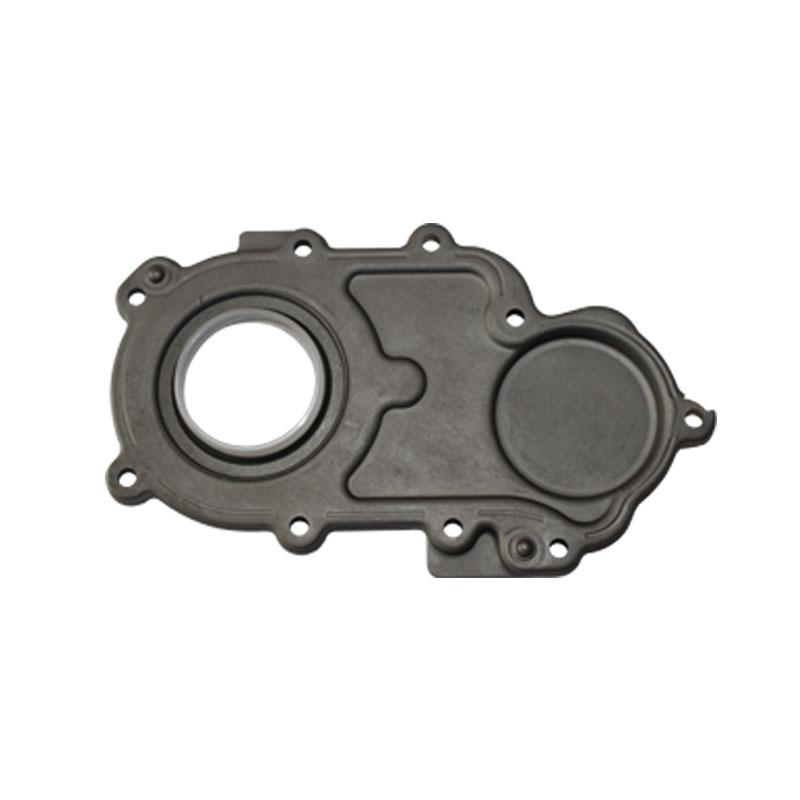How to Properly Replace and Maintain Your Engine Oil Pan Drain Plug for Optimal Performance
Understanding the Engine Oil Pan Drain Plug
The engine oil pan drain plug is a small yet crucial component in the lubrication system of an automotive engine. Its primary function is to allow for the draining of used engine oil from the oil pan during maintenance, such as oil changes. While it may seem like a minor part, it plays a significant role in engine health and longevity.
Anatomy of the Oil Pan and Drain Plug
The oil pan, typically made of metal or reinforced plastic, is located at the bottom of the engine and serves to hold the engine oil. Inside the oil pan, the oil accumulates, lubricating various engine components as it circulates. The drain plug, positioned at the lowest point of the oil pan, is typically a bolt-like fastener that can be easily removed to allow old oil to drain out completely. This ensures that when new oil is added, it can circulate freely without being contaminated by the remnants of old oil.
Importance of Regular Maintenance
Regular oil changes are pivotal for maintaining engine performance and preventing costly repairs. Used engine oil can contain contaminants, sludge, and impurities that accumulate over time. If these are not removed, they can lead to reduced lubrication, which in turn can cause increased friction, overheating, and ultimately engine wear or failure. The drain plug makes it easy for owners or mechanics to remove the old oil before adding fresh oil, ensuring the engine runs smoothly.
Types of Drain Plugs
engine oil pan drain plug

There are several types of drain plugs available, depending on the make and model of the vehicle. Most commonly, they are magnetic or non-magnetic. Magnetic drain plugs are equipped with a magnet that helps to catch metal shavings and particles that may be present in the oil, offering a secondary level of filtration and protection for the engine. This added feature can be especially beneficial for performance vehicles or engines that experience heavy use.
Installation and Handling
Removing the drain plug requires some basic automotive knowledge, but it is straightforward. Typically, a wrench or socket is used to loosen the plug from the oil pan. It's essential to allow the oil to cool before performing this task, as hot oil can cause severe burns. Once the plug is removed, the oil can be drained into a container for recycling. After the oil has fully drained, it's crucial to replace the drain plug, ensuring it is adequately tightened to prevent leaks.
Common Issues and Solutions
While the drain plug is a straightforward component, it can sometimes face issues. Stripped threads or damage to the plug can lead to leaks, which can be problematic. In such cases, a new drain plug or a thread repair kit may be necessary to fix any leaks. Regular inspections can help identify any potential problems before they escalate.
Conclusion
In summary, the engine oil pan drain plug is an essential component of vehicle maintenance. Understanding its function and the importance of regular oil changes can help vehicle owners take better care of their engines. By ensuring that this small but vital part is in good condition, drivers can promote the longevity and efficiency of their vehicles, ultimately saving time and money on repairs. Ensuring that the drain plug is correctly maintained, along with regular oil changes, will contribute to the overall health of the engine and the vehicle's performance on the road.
-
Understanding the Importance of the Crankshaft Oil Seal in Engine Performance
News Jun.16,2025
-
The Unsung Heroes of Engine Protection: Understanding Automotive Shaft Seals and Oil Seals
News Jun.16,2025
-
Keeping the Engine Tight: The Role of Crankshaft Seals and Gaskets in Oil Control
News Jun.16,2025
-
Complete Protection in Harsh Conditions: A Deep Dive into Cassette Seals
News Jun.16,2025
-
Choosing the Right Oil Seal: A Guide to Trusted Brands and Suppliers
News Jun.16,2025
-
Advanced Sealing Technologies: Exploring the Range of Modern Oil Seals
News Jun.16,2025
-
Your Essential Guide to Car Repair Kits: From Rust to Dings
News Jun.13,2025
Products categories















